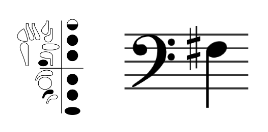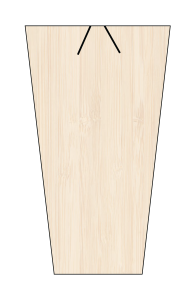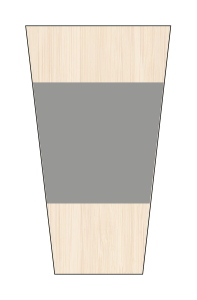
Using your normal embouchure and air, if F#3 ends abruptly without tapering to an acceptable level of a niente while remaining in tune, your reed is unresponsive.
Goal: better response
Plan: Discover the ultimate degree to which this piece of cane is able to taper. Most pieces of cane will never have good response, so decide whether this reed is worth expending more of your life force. (Hint: it probably isn’t.) But, if you have determined that this piece of cane has an acceptable rate of change and holds the trim, the use the F#3 test below to make a trim:
F#3 a niente Test
Play F#3 and taper to a niente (gradually fading to nothing) while remaining in tune. Try rolling out the embouchure ever so slightly to pp/ppp to extend the taper even further.
https://youtube.com/watch?v=uLNvMkvn7R0%3Fsi%3DoA1O63MKaFUXWF2d%26start%3D951%26end%3D1155
If the reed goes sharp easily, cuts out at an unacceptable dynamic, or loses resonance and substance of tone, define thumbnail and taper to tip here:

If the reed requires too much embouchure to make the dynamic taper, very lightly brush the middle half of the reed (maintaining current tapers). Be careful not to weaken the reed too much.

Result of These Steps: weaker, flatter, more stable, more responsive
Suggestions for Finer Work
- Check the overall smoothness of the structural tapers (especially in the front third of the reed). These are key to smooth response.
- If you have hesitant attacks in the tenor register at p/mp dynamics, your reed is too thin right behind the tip. Integrate the tip bevel.